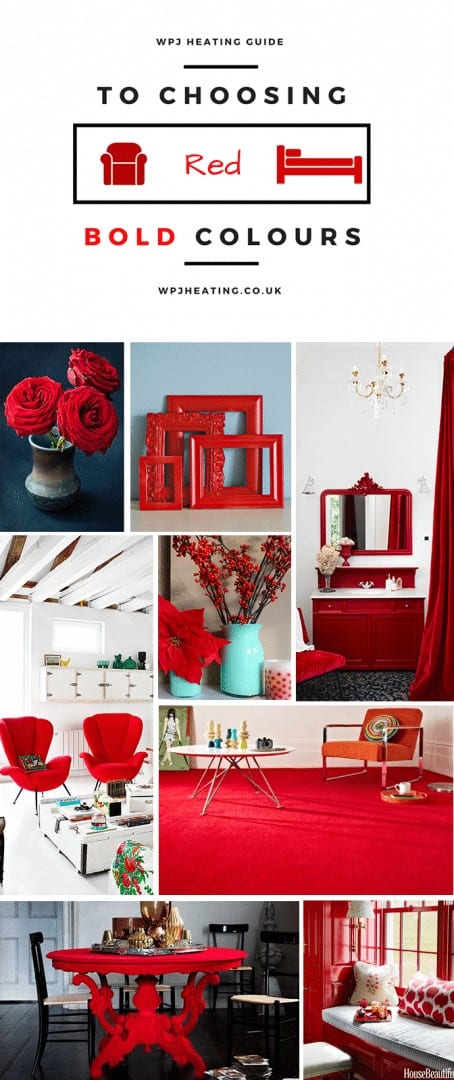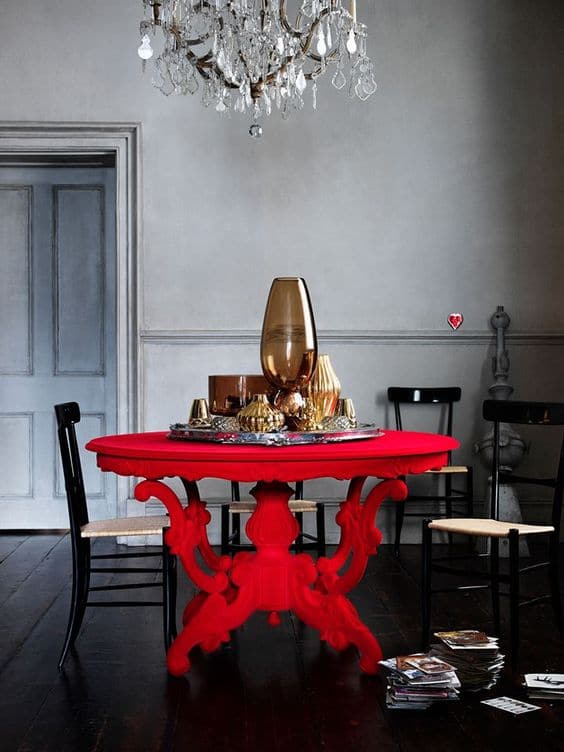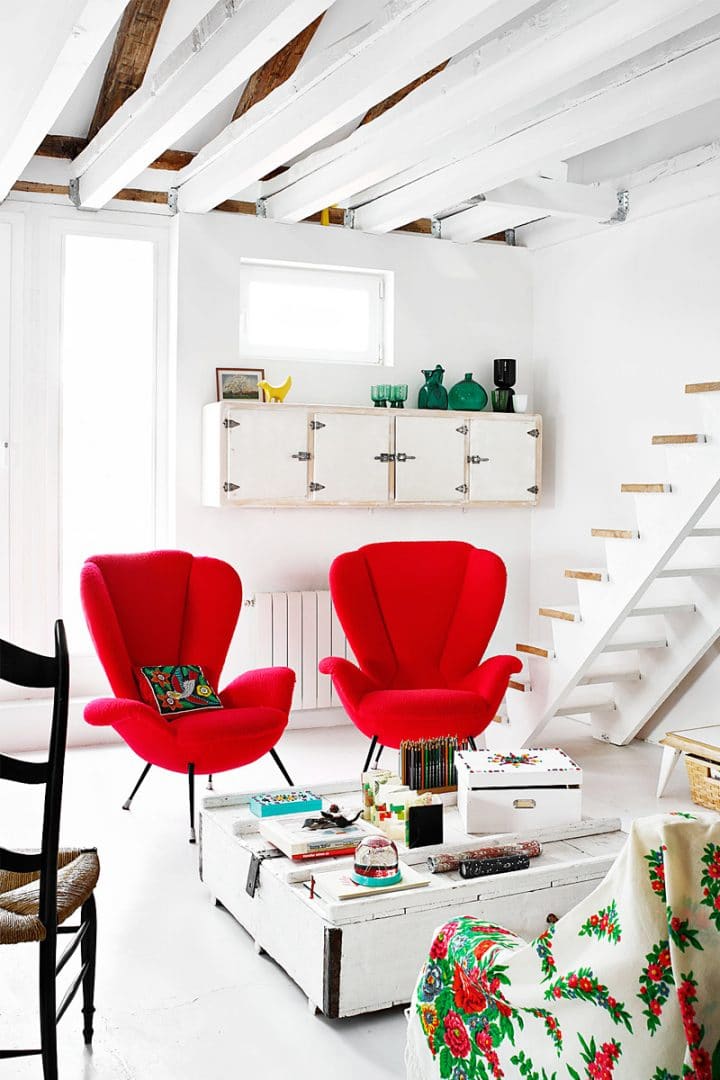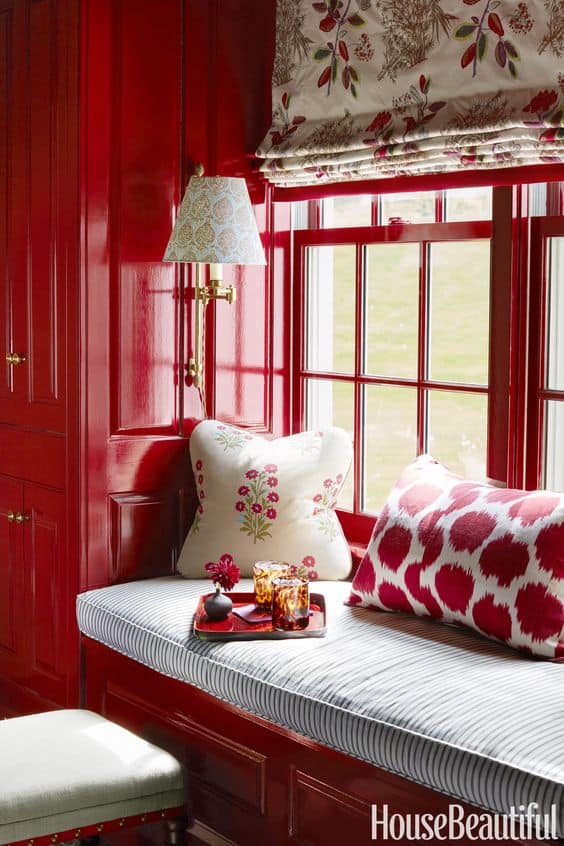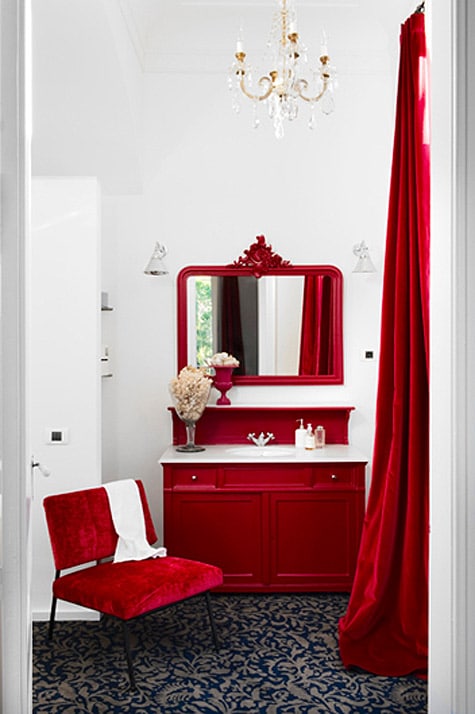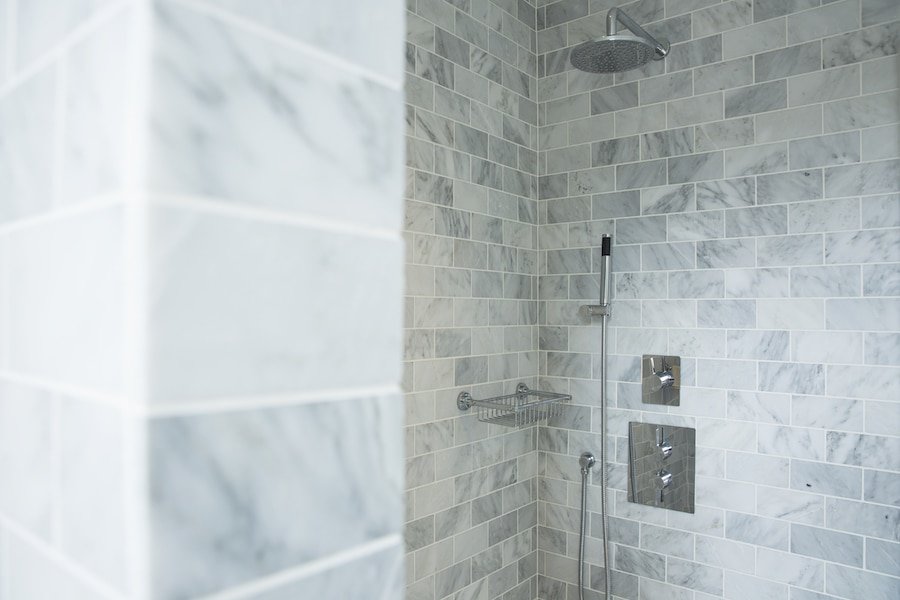How to be Warm: The Perfect Comfort Food

How to be Warm: Whiskey Apple Crumble Pie
It’s cold and rainy outside, but you don’t have to stay grey and miserable because of it! Take this chance to bake something warm and delicious, that’ll also cheer you up. Warmth doesn’t only come from boilers and radiators.
Ingredients
For the Crumble:
3/4 cup of flour
1/2 teaspoon of ground cinnamon
1/2 cup of crushed pecans
1/4 cup of brown sugar
1/4 cup of white sugar
1/2 teaspoon of salt
6 tablespoon of butter
Filling:
2 pounds of tart,
Crisp apples
2 tablespoons of whiskey or bourbon
1/2 teaspoon of cinnamon
Pinch of ground cloves
Pinch of ground nutmeg
Pinch of salt
1/2 cup of light brown sugar
3 tablespoons of melted butter
3 tablespoons of flour

Instructions
Make the pastry, form the crust and chill it in the refrigerator.
Preheat your oven to 240 degrees C.
The Pecan Crumble:
Put all the crumble ingredients (except the nuts) in a food processor and blend until the mixture looks like breadcrumbs. Or, if you prefer to make the crumble by hand, cut the butter into the flour with a pastry cutter and finish by rubbing in the butter with your fingertips until it looks like breadcrumbs.
Then, stir in the sugar and everything else. Add the nuts and chill the crumble until needed.
Peel and remove the apple cores. Slice the apples thinly, about a 1/4 inch. Lightly sauté the fruit in butter to avoid making a dried up pie.
Add all the ingredients for the filling on top of the apples and toss gently until everything is coated evenly.
Fill the pastry crust with the apple mixture.

Then sprinkle on the Pecan crumble.
Bake the pie on a lipped cookie tray for 10 minutes or until the crust looks dry, blistered, and blonde. Turn the oven down to 180 degrees C, and bake at until the crumble browns and the apples yield when pierced with a knife, and the juice is bubbling thick at the edge of the pie—approximately an hour.
Cool completely before cutting, at least a few hours.
Cool it for at least a couple of hours before cutting it to serve. Serve at room temperature.
Store it uncovered so that the pastry can breathe at room temperature for up to two days.
We discovered this on vogue.com. Enjoy this warming recipe before you reach for your thermostat to turn the heating up!
House plants you’d love!
Picture Source: Home Design Rev
We were inspired by this video from apartmenttherapy.com and we were inspired to look into the best ways to look after various house plants.
Here’s a handy list of house plants you can buy and look after yourself, especially if you haven’t got green fingers.
House Plants – Montsera
Also known as the Swiss cheese plant. Originally from the rain forests of Central and South America, they can grow up to 20 inches.
Care Tips: Store them in a place with indirect bright light and a room of average warmth. You’ll need to water it frequently while it’s growing. Make sure you let the compost dry out a little bit between watering and mist it with a spray bottle when watering, rather than simply pouring water over it. You can feed it with a liquid feed once a month to keep it healthy. If you notice water dripping from the leaves, that means it’s been overwatered, so it’s important that the compost does dry before you water it again.
Source: House of Plants
Snake Plant
There are up to 70 different species of snake plant, so do your research carefully before making your purchase. The plants originate from parts of Europe, Africa and Asia. They’re really straightforward to look after and you can leave them be for weeks and they’ll still look fresh. According to research, snake plants can be really good for the atmosphere in your home – cleaning the air and removing toxins.
Care Tips: Put them in direct sunlight to get as much light and heat. In winter, avoid watering them too much – let them dry out a bit between waterings to avoid plant rot.
Source: Gardening Know How
Air Plants
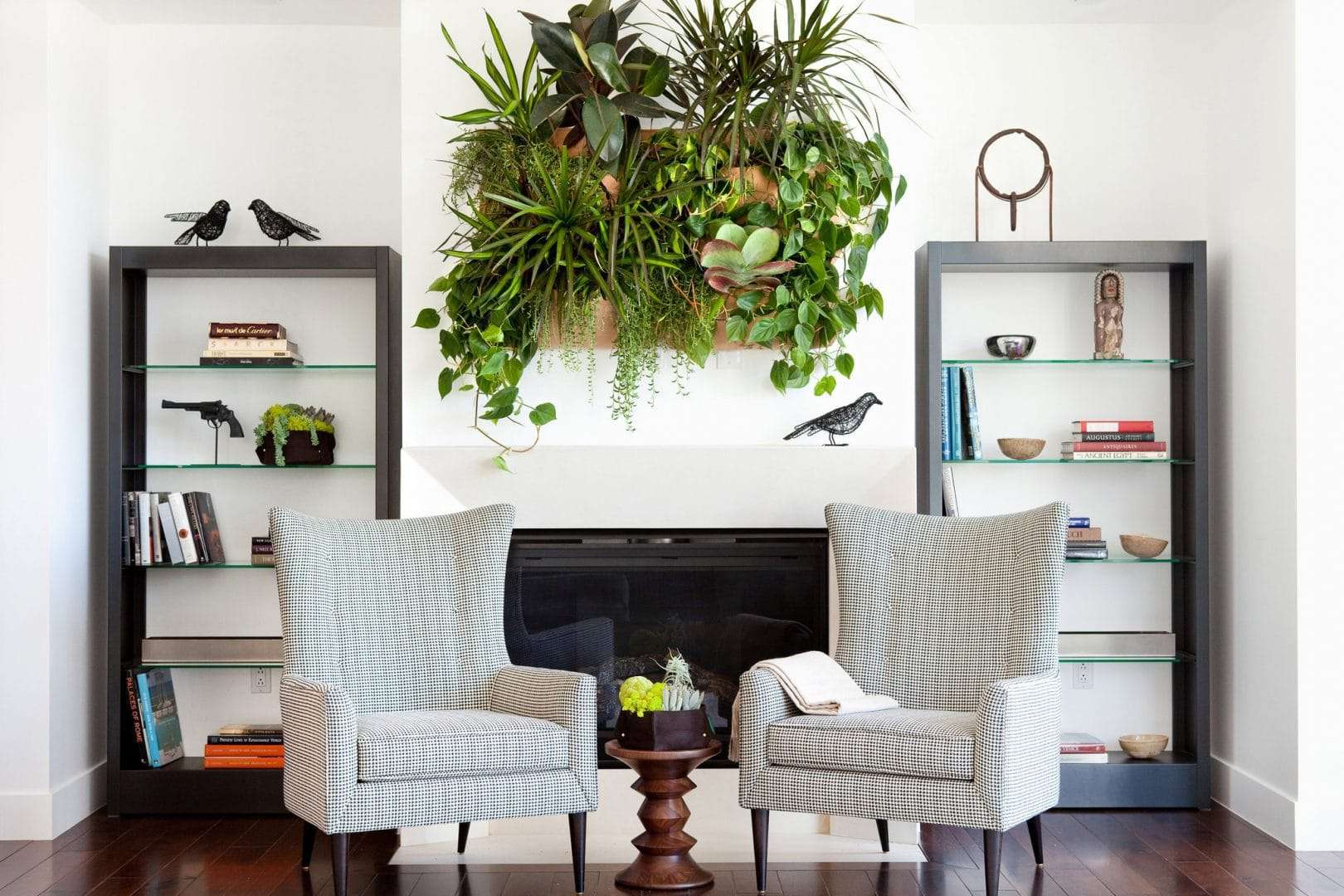
Source: NY Times
Air plants are also known as epiphytes, which means they can grow without dirt. Often, they attache themselves to rocks and shrubbery. They’re native to Southern US states, Mexico, Central and South America. Air plants that have silver foliage tend to be resilient and so can survive for longer without your constant attention. If the plants are greener, they could dry quickly. Store them somewhere warm, but away from direct sunlight.
Care Tips: They’ll need lots of air circulation, so hang them from the ceiling if you can. Water them once a week by placing them in the sink and rinsing lightly. Leave them to drain overnight before putting them back in their permanent place.
Source: BHG
House Plants Devil’s Ivy
It’s a tropical plant native to the Solomon Islands. It can grow to 20 or even 40 feet in its natural habitat, but in your house/flat it will probably grow to 8 feet if looked after well. Place them in a hanging basket so the look their best.
Care Tips: Put it near a window, but away from direct sunlight. Try using blinds or a sheer curtain if you’re going to place them near a window. If you notice that the yellow spots are starting to fade, it means that the plants aren’t getting enough light. Don’t place it near a vent or radiator and if you have pets, it might be a good idea to choose a different house plant. If you’ve got a cat, keep them away from your plants as devil’s ivy can be poisonous to cats.
Source: Homeguides
Fiddle Leaf Tree
Another tropical plant, this one’s native to West Africa, Cameroon and Western Sierra Leone where it normally grows in lowland tropical forests. It’s perfect as a house plant because even though they thrive in warm, wet conditions but they’re also resilient, so they can survive in less than ideal conditions too. Being large and leafy, they’d look best on the floor in a standing vase where they can have room to grow up to about 6 feet.
Source: The Spruce
Rubber Tree Plant
They can grow to 50 feet tall – which may be slightly inconvenient in your living room! To keep them a manageable size, you can train them to be houseplants by cultivating young rubber plants.
Care Tips: They need balanced conditions, i.e not too much light, not too much warmth and not too much water. House them near natural light, but away from direct sunlight. Here, sheer curtains will come in handy again. Light moisture is also better than direct watering. Try wiping the leaves with a damp cloth or using a spray bottle to mist the plant. if the leaves start turning yellow or browning, it means they’ve been overwatered so wait for them to completely dry before watering them again.
Source: Gardening Know How
Spider Plant
This plant is extremely easy to grow and look after. It is suitable for a wide range of conditions and the only thing you need to look out for are brown tips. They’re an excellent choice as house plants if you’re new to gardening. Similar to most plants, they need bright but indirect sunlight and plenty of water. Although, be careful not to let them get too soggy in order to avoid root rot. Similar to some of the other plants in this post, let them dry out before watering them again. Don’t place them near any heat sources because they prefer cooler temperatures.
Source: Gardening Know How
Succulents
Succulents are dormant in winter, so they can make the best house plants this side of the equator. Keep them as close to the window and possible, so they can get the sunlight they need to grow. If they start stretching, it means they’re not getting enough sunlight. If this happens, simply cut off the ends to propagate them. Learn more about propagation on the succulents and sunshine website.
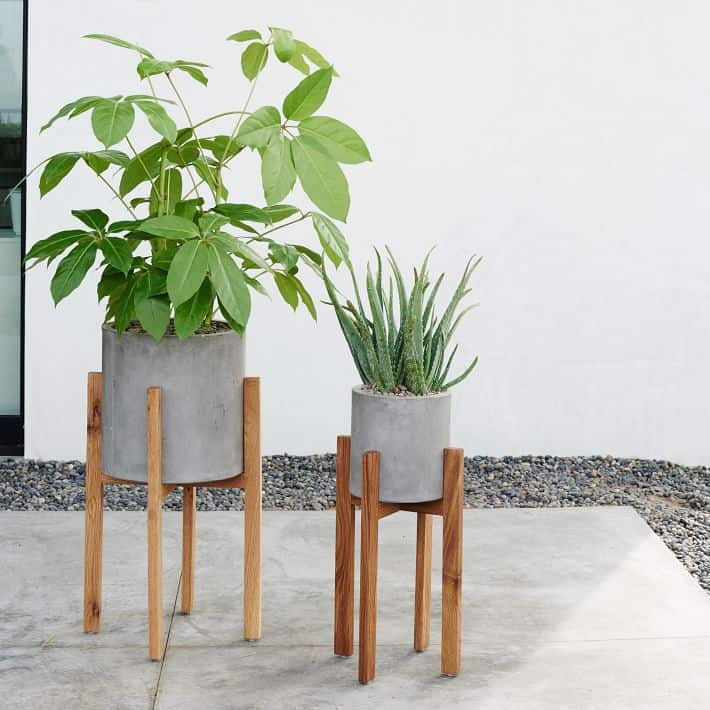
Staghorn Fern
Like quite a few of the house plants featured in this post, they tropical plant also hails from South America. However, various species can also be found in natural tropical areas in Africa, South East Asia, Philippines, Australia and New Guinea. Like air plants, they’re also epiphytes which means they’re most decorative in your home as a hanging plant. Here, direct sunlight for 4 – 7 hours a day is needed. They’re tropical plants, so humidity is needed. You’ll needed to submerge the entire root system in water in order to water them occasionally. Water them less frequently in winter.
There you have it! We hope these tips are useful and you’re able to bring some revival to your home decor this winter by adding plants to revive your space.
Source: Plant Care Today

Overtime, water in heating systems can accumulate harmful dirt and debris. Solder fragments discarded by older radiators and boilers can build up and start to cause harm to your heating system. Sludge (or ferrous magnetite) is a natural by-product of all the heating and cooling that goes on and can form viscous and solid deposits. Also, particularly in hard water areas, limescale can build up and cause blockages in the radiators, which can lead to unwanted system noise and damage to important components in your heating appliances. There are simple solutions you can adopt to maintain good water quality and therefore system quality. In this week’s post, we’ll go over why water quality is important, and what measures you can take to make sure that the water in your system is clean and of the optimum quality to ensure it’s efficiency and prolonged lifespan.
Why is water quality important?
Your boiler is supposed to run with clean water in the system – pipework, radiators etc. If not, it won’t work properly and could break down, leaving you without heat over the next few months. Even if the water in your system started out clean, over the years, the water could become contaminated, causing blockages in your pipework and radiators. Apart from potentially costing you hundreds of pounds in boiler repairs, it will will reduce the overall efficiency of your system, causing your radiators to have cold spots even though your boiler is working. Your radiators will be poor convectors of heat, which in turn means wasted energy from your boiler and of course, higher bills than necessary – without the comfort of a warm home. For this reason, when installing a new boiler, it’s important you think about cleaning your heating system to make sure the water quality is at optimum levels before the new installation. But also, consider how you will maintain that water quality over time, so that the life of your system is prolonged and it works – producing the heat you need, without costing you more than it should.
When installing a new boiler, your heating expert should recommend a power flush. It’s the most efficient way to completely clean the system. It removes sludge and debris, restores efficiency and protects components from future damage and corrosion. Using high pressure, special chemical cleaners are pumped through the pipework in both directions to loosen debris and drain it out of the system. You’ll get warmer radiators, more even heat distribution throughout your property and savings on your energy bills. Overall, your system will function better and you’ll get more out of your new boiler.
Plus, if you’re a landlord or homeowner, it’s important to know that UK building regulations for England and Wales require that a central heating system be suitably cleaned and flushed before a new boiler is installed. Some boiler manufacturers even make the length of warranty on their appliances contingent on the system being flushed and cleaned according to regulations.
Maintaining water quality with inhibitor chemicals
While a newly cleaned system can be up to 15% more efficient that a dirty one, it’s still important to protect your system from future scale, corrosion and sludge build-up. After a power flush, when the system is filled back up, inhibitor chemicals should then be added. This is another very important part of maintaining a healthy system. The chemicals are left in circulation and can work with magnetic filters to prevent any further corrosion. It’s important to put the right quantity of chemicals depending on the size of the system.
Magnetic Filters.
As well as thoroughly flushing your central heating system to maintain clean water quality, expects recommend installing a system filter. Magnetic filters are designed to fight the damaging effects of debris and pollutants by capturing them before they reach your boiler. The filter simply connects to the pipework flowing back to the boiler to filter out debris before it can cause any damage or block your pipes.
Frozen Pipework
Extreme conditions are becoming a more common occurrence in the UK. Condensate discharge pipes that are located outside can freeze and cause your system to break down and interrupt your boiler’s functions. This may be of less concern if you live in an area without such weather extremes. But it’s worth knowing, if you notice your boiler or radiators aren’t working as they should over the winter, it’s worth asking your heating engineer to investigate your external pipework.
Heating system controls can be divided into two main parts programmer, and a room thermostat
As part of our boiler guide series, we’re exploring products that accompany your boiler installation to keep it working at optimum levels and suit your lifestyle. When making a boiler purchasing decision, it’s important to budget and account for bolt-ons like the heating system controls and filters. This post will focus exclusively on heating system controls and in our next boiler guide post, we’ll look at bolt-ons that help you maintain good water quality and therefore system health.
Getting the right heating controls with your boiler installation can make all the difference to the operation and efficiency of your system. Giving you an added way to boost its performance and keep it working for even longer.
Heating system controls can be divided into two main parts- a timer or programmer, and a room thermostat. Here, we’ll explain what each add-on is and how it helps.
Heating System Controls: Programmers
Programmers allow you to set different times for different days of the week for your heating and hot water to come on. They can take into account how often you’re at home, the rooms you use most often and sometimes respond to the weather outside by adjusting your boiler’s output accordingly.
Room Thermostats
Room thermostats will measure the air temperature in the room and allow you to set the level you find comfortable. It will then communicate with your boiler to switch it on and off to maintain the temperature you’ve set.
Programmable Room Thermostats
These combine the functions of a room thermostat and a programmer to control the heating of your whole house from just one unit. When set correctly they save you on energy costs because they wouldn’t have to heat your home from a completely cold start, the boiler simply comes on and off to heat the house when the temperatures in the rooms increase or decrease.
Thermostatic Radiator Valves
A thermostatic radiator valve is fitted to a radiator so you can control the temperature of that room by altering the flow of hot water into the radiator. As the temperature increases or decreases, the valve slowly opens or closes, responding to the ambient air temperature in the room, and changing the amount of hot water flowing through the radiator, maintaining a consistent temperature you’ve chosen. TRVs can save you money on your bills as well as your home’s carbon footprint by ensuring your heating system uses energy efficiently. Rooms that aren’t often used can be easily turned right down for example.
Heating System Controls: Intelligent Heating
Bear in mind, standalone room thermostats and programmers will set and control the temperature of the whole property at the same time. New to the market now though are a series of controllers that take the incorporation of modern technology one step further. These are termed intelligent heating controls and give you further control over your system’s management of heat to fit around your lifestyle. Here are some great examples:
Worcester’s Wave
The Wave is part of Worcester’s smart controls offering that allows you to control your system from an app on your smartphone over an internet connection. It allows you to take advantage of Worcester controls best features – including load and weather compensation. As well as being able to control the temperature in different rooms, it automatically senses when people are at home. Also, you can start heating your home before you get there because you can use the app to set the temperature in your house from anywhere in the world. They can sync with local weather forecasts to optimise start and stop times for the boiler to come on or modulate.

Heatmiser’s NeoStat
Heatmiser also offers an intelligent heating control in its neoStat range. It allows you to control your heating from anywhere for your convenience. The phone app allows you to create and save new programs and alter settings via your smartphone. Changes are instant, so if your schedule changes, or you’re going on holiday, altering the settings are only one click away. Multi zoning also gives you complete control over your underfloor heating system. Another great adaptation to the busy schedules of people today.
Honeywell’s Evohome
Similarly, Evohome gives you more control over your home’s heating by allowing you to control the temperature in any part of your home and save money all from your smart phone. You can add as many rooms or zones as you choose, as well as most types of gas heating systems – so whether you’ve got an underfloor heating system or radiators as your emitters. The Evohome is wireless, so installing it doesn’t require a great deal of renovation.
With all these different options available, your heating installation expert is best placed to conduct a thorough consultation and advise you on what solutions are best for your home and comfort.

Decorating with Green: Use Plants
When decorating with green, it’s important to know the emotions associated with the colour. Green is a calming colour that evokes a sense of being outdoors, making it a popular choice for home decor. When decorating with green, you can add a hint of it using accessories, linen and plants, or make a big statement with deep emerald green walls, furniture or cabinets balanced with playful blush pink.
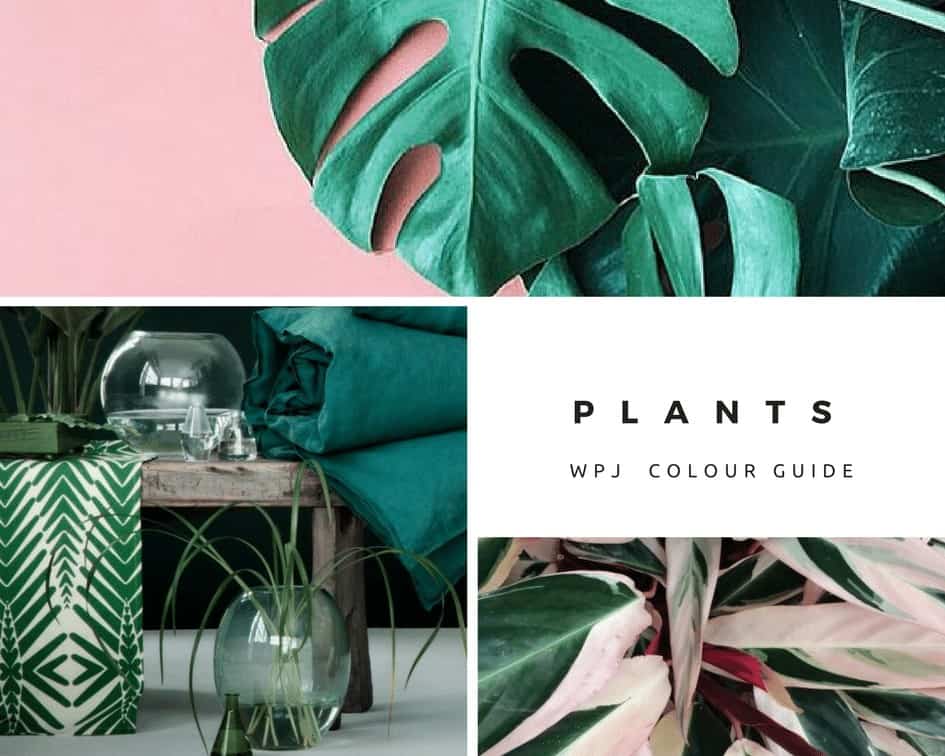
Plants are an obvious and easy way to bring more green into any room, especially in wet rooms like the bathroom. So if you’re wanting some greenery, but don’t want to overhaul the entire room, pop down to your local flower market and pick out plants with big green leaves that you be able to situate all over the room to freshen it up and add life.
Decorating with Green: Walls
[easy-image-collage id=13197]
The colour green creates a feeling of balance and security. We also associate it with safety, security and sometimes wealth. (Think US $, the green man at traffic crossings etc). So If you’re wanting to create a room that’s relaxing and allows you to de-stress. Use large blocks of green – on the walls, on the floor or as bed linen.
[easy-image-collage id=13207]
Green and Pink sit opposite each other on the colour wheel, making them complementary. The stark contrast means that next to each other, they both stand out. Now softening a really dark green with a pastel like blush pink gives the room a softer quality. It’s very modern and on trend for 2017/2018.
[easy-image-collage id=13221]
Now all that’s left is to use green here and there for your home decor accessories. Green cushions, green sofa, green plates, green linen can be classy additions to upgrade an already beautiful looking home.
Decorating with Red
We’ve got you covered with this straightforward guide to decorating with red.
It’s a bold move. Choosing to decorate with red is like standing on your roof and shouting, “look at me, I know what I’m doing”! If you love red, and want to use it in your home decor, make sure to do your research, make a plan and don’t over do it.

Source: Design Improvised
If you want to make a more subtle statement with the colour red, use bright red plants paired with a vase in a contrasting cool colour to make them pop and draw the eye.
Red conveys very strong emotions. But use it with taste, because it can go from passionate, warm and cheery to angry and combative very quickly. Before choosing to use red at all, plan your choices very carefully. Are you going to use red as a feature or an accent? Block reds or patterns? We’ve got a few choice examples below.
Using red furniture against a backdrop of grey or silver will really make the room stand out. The dining table above is vintage, it was simply painted and repurposed. If you’ve got old furniture you want to bring to life, give them a coat of high shine paint in a bright colour and you’re in business.
Decorating with red themes
If you’re feeling a bit more brave, you can design a whole room around the theme red. Red walls or a red carpet can give a room warmth and make it feel homey and inviting, without being over the top.
This example from housebeautiful.com shows a balanced use of bright red with patterned fabrics in this traditional country house.
This bold bathroom has gone with red as the feature colour. The plain white walls help make sure the design stays simple, in spite of the strong colours of the bathroom furniture and mirror. Speak with your bathroom installer to explore colour options in your bathroom design.
Decorating with red accents
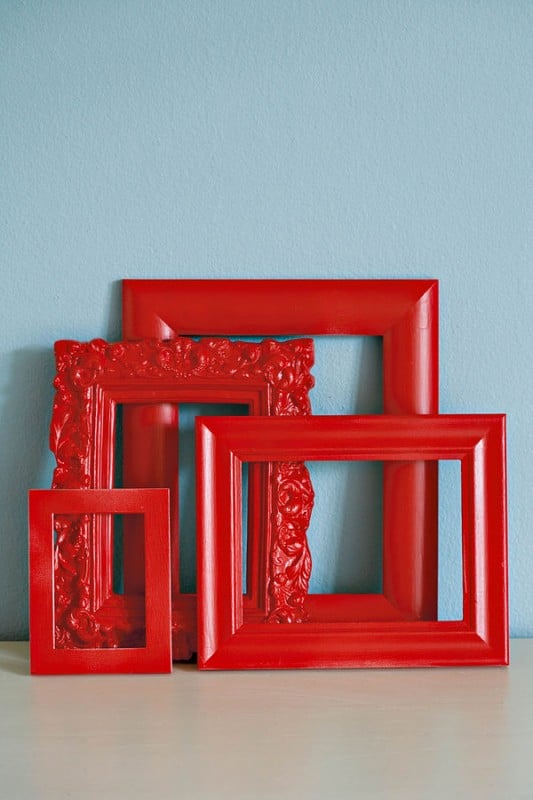
Source: Netwerk 24
If you don’t want to go overboard with red, but still use it as an accent to give your room a feature, buy art or picture frames that use a lot of red.
Bold colour choices in your home are possible, you just need to be inspired and don’t overdo it!
Bathroom Renovations come with a number of steps to make sure you’re proud of the end results. The planning stage is very important – think about how the bathroom is used and by whom. Is it a room that will be used by visiting guests and family? If that’s the case, it should be functional and well designed. If your remodel involves your own ensuite however, you’ll want to personalise it, maybe choosing to add romantic touches. Either way, it’s in your best interest to hire a professional for the remodel, and here’s why:
Bathroom Renovations take time:
If you work a full time job, or if you’re home full time with your growing family, how much time do you really have to devote to a bathroom renovation? A professional does this type of work day in, day out. He or she will be able to troubleshoot when inevitable issues come up. Offering suggestions for the best layouts and plans. They’ll help you take things like the type of boiler installed in your home, your water pressure, and the location of pipes and water lines into account when choosing your bathroom design.
Even if you end up with a dream renovation with no issues at all, what would take you days to accomplish can likely be wrapped up in a single day for a good contractor. Your bathroom tends to be a high traffic room in the house and it can be a huge inconvenience for it to be unusable for a long period of time.
Bathroom Renovation Codes and Rules
There are specific wall to fixture measurements that are in building codes that need to be taken into account, especially if you’re planning on selling your home in future. Hiring a professional bathroom installer saves you from having to do all of that research. The comfort of knowing that your end product will meet by laws and building codes can be worth its weight in gold.
A Job Well Done
The finished product of a bathroom renovation done by a professional can be leagues from one done by the homeowner. You may be able to install a shower or lay flooring or even paint, but a contractor will have a good grasp on every aspect of the renovation from planning to that final detail.
Their expertise and the fact that they do this type of work every day means that they’ve got all of the work down to an art form, while it may be a struggle for the average homeowner. If the whole point of the renovation is to make the room look and function better, doesn’t it make sense to get the best man or woman for the job?
When considering bathroom renovations, it’s a good idea to leave the work in the hands of professionals so that your results can be top quality.


